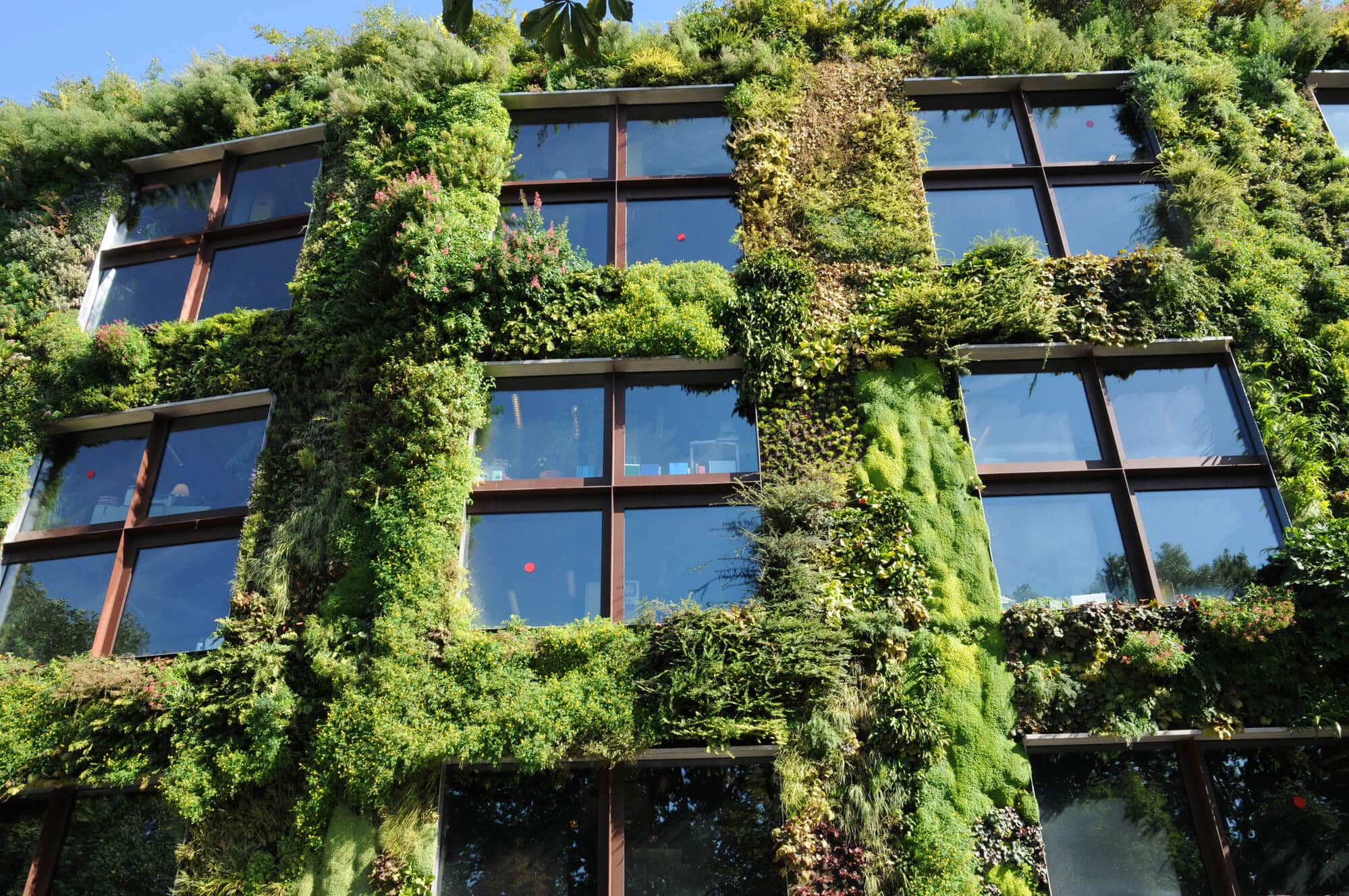Noa Zuckerman from the Department of Environment, Planning and Sustainability at Bar Ilan University investigates the effect of vegetation growing on top of buildings on the climate in an urban environment

Meet Naa Zuckerman who is currently finishing her doctoral research in the Department of Environmental Planning and Sustainability at Bar-Ilan University. Zuckerman's research, under the direction of Prof. Itamar Lenski, deals with green walls - vertical vegetation on top of buildings - and their effect on the urban microclimate.
Noa Zuckerman Zuckerman also studied in the department for her bachelor's degree, and then went on to get a master's degree in marine biology at the University of Haifa. Her thesis dealt with the biology and ecology of jellyfish in the Mediterranean. After finishing her master's degree, she worked in start-up companies for about seven years as a project manager and as a product manager. According to her, "During these years, a dream took shape for me to combine the technological world with the love for the environment - and that's how I was drawn back to the academy for doctoral studies."
The green walls have existed for decades. Recently, interest in them has been increasing, against the background of the significant warming that has been registered in urban areas where there is intensive construction. "In the research I showed that green walls on a real scale affect the temperature - inside the building and in its external environment. They improve the thermal comfort of the person in his environment and contribute to saving electricity due to a reduction in the consumption of air conditioners. In doing so, they reduce carbon emissions. In addition, I showed that by means of remote sensing, it is possible to monitor the condition of the walls and optimize their maintenance process. The research insights contribute to future urban planning processes, which emphasize human comfort in the urban space in the shadow of the climate crisis and the use of nature-based solutions."
The research was carried out on the world's largest experimental setup in this field, located at Bar-Ilan University, and included long-term monitoring using dozens of sensors inside and outside the building and photographs by sophisticated cameras.
Editing the research, Zuckerman says, presented her with new challenges: "Although I managed a team of programmers in the past, I didn't know how to write a single line of code. At the beginning of my PhD, my supervisor pushed me to learn programming and since then I fell in love. During my doctorate, I specialized in methods from the world of data science and image processing, and in my research future I aim to harness artificial intelligence tools for environmental issues with an emphasis on climate change and urban planning."
More of the topic in Hayadan:
- The Kay Prize was awarded to Pinchas Zuckerman for the development of antibodies that destroy cancerous tumors
- The secrets of photosynthesis are revealed with the help of a modern laser method
- The galaxy fled, the orphan stars were left behind
- Research in bats reveals the most effective method for locating a moving target
- Collective Memory
